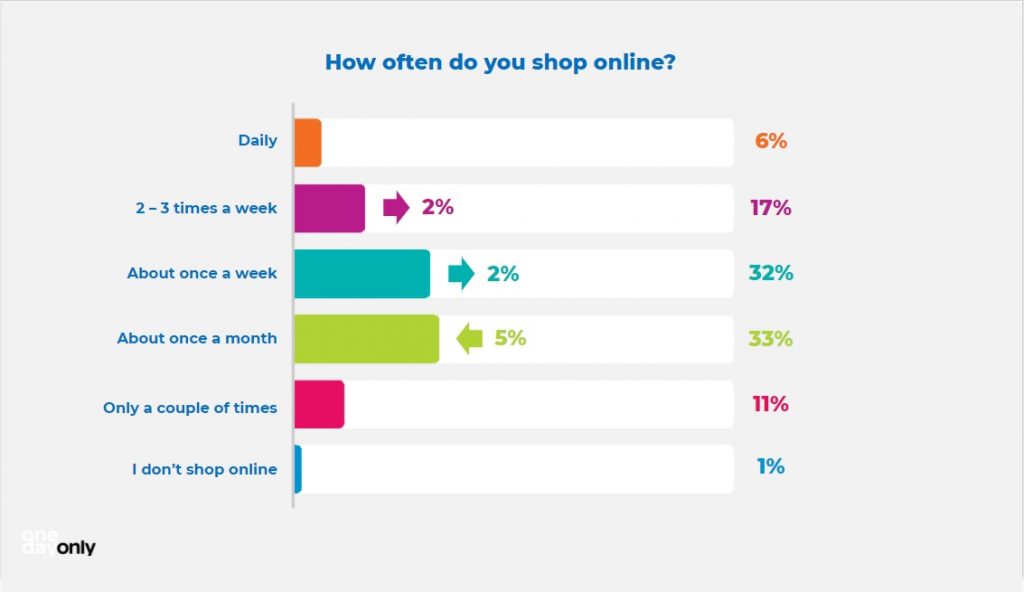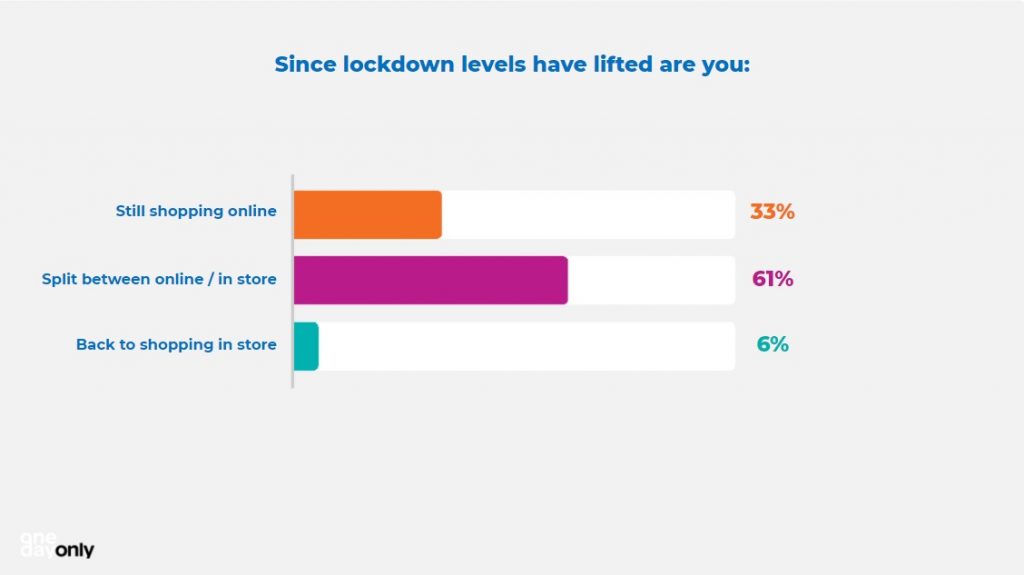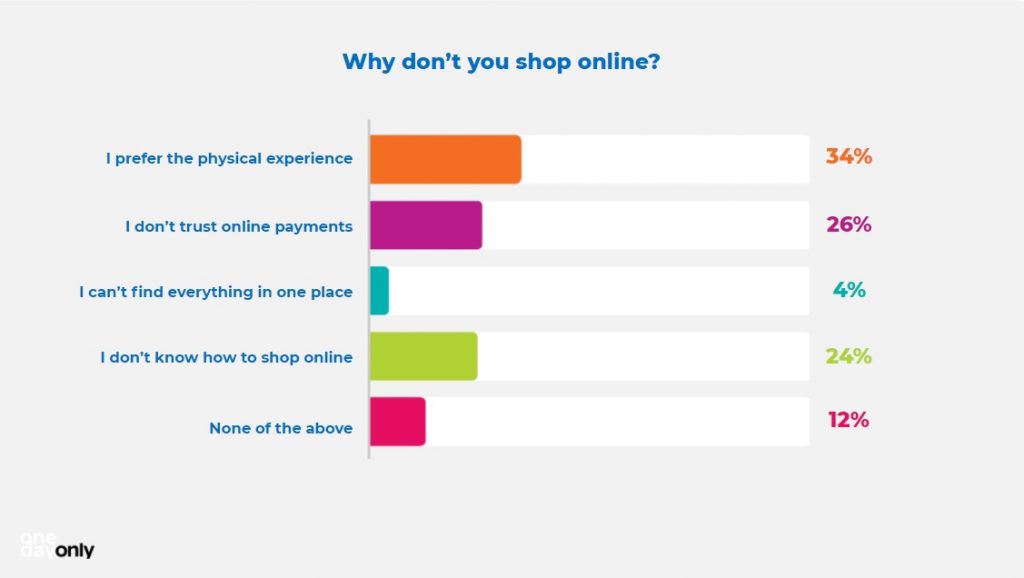A partnership designed to expand AI access across Africa MTN and Microsoft have announced a new collaboration that aims to bring artificial intelligence powered…
OneDayOnly ODOmeter: How online shopping in South Africa changed after first lockdown

The latest OneDayOnly ODOmeter, which surveys locals to identify trends and behaviours, has released its findings on how online shopping priorities changed after the end of the first hard lockdown in South Africa.
The ODOmeter 2.0 looks at shopping behaviours over the last two quarters, surveying over 9 000 respondents.
Participants included those who shop online frequently, those who shop online occasionally, and those who don’t shop online much or at all.
So what did the survey find?
Online shopping trends in South Africa
Laurian Venter, Director at OneDayOnly, notes that the majority of online shoppers are between the ages of 25 and 54.
“The 25 to 34-year-old age bracket is down 4% from the last ODOmeter, while the 35 to 44 and 45 to 54 age brackets are up 2% respectively,” she says.
“Although this may look like the younger age group is shopping less, it is possible that this could be linked to the effects of the long-term lockdown, and an indicator of the 35 to 54-year-old bracket becoming more comfortable with making more frequent purchases online.”
Meanwhile, over a third of respondents said they spend more than three hours online each day. This creates ample opportunity to shop online.
Even with the relaxation in lockdown restrictions, most people in the survey are still shopping online between once a week and once a month. The survey saw a 3% increase in the number of respondents shopping online with this frequency.
The majority of respondents have also adopted a hybrid way of shopping. This incorporates both shopping in stores and online.
“Now that lockdown levels have lifted, of the 2021 respondents 33% are still primarily shopping online while the majority (61%) are splitting their shopping between online and in-store,” the company notes.
“Only 6% have recommenced shopping predominantly in store.”
When it comes to delivery preferences, home delivery wins out for most shoppers with 51% of respondents opting for this. Respondents chose “Whichever is the cheapest” as the second most popular option, with 20% of votes.
Meanwhile, the future of online shopping looks positive. The survey found that most respondents (58%) would do all their shopping online one day if the process was simple enough. A total of 14% of respondents said they already do.
Only 28% said they wouldn’t, because they enjoy the physical shopping experience. This is an 8% decrease from the first survey in 2020.
What makes locals hesitate when it comes to shopping online?
While a lot more people in South Africa are open to online shopping as a result of the pandemic, there are still factors that cause hesitation.
One of the main factors is security and a lack of trust in online payments. However, there are also many people who prefer in-store shopping.
During the launch of ODOmeter 2.0, Laurian Venter noted that quality can also be a concern for consumers. But she said that this tends to apply to certain items — such as supplements. However, small gadgets or low-cost home organization solutions are purchased for their convenience or novelty.
Regardless, the company says it believes the uptick in online shopping will persist even after the pandemic.
Feature image: Mikhail Nilov/Pexels
Read more: New Capitec app will let you open an account with a selfie





